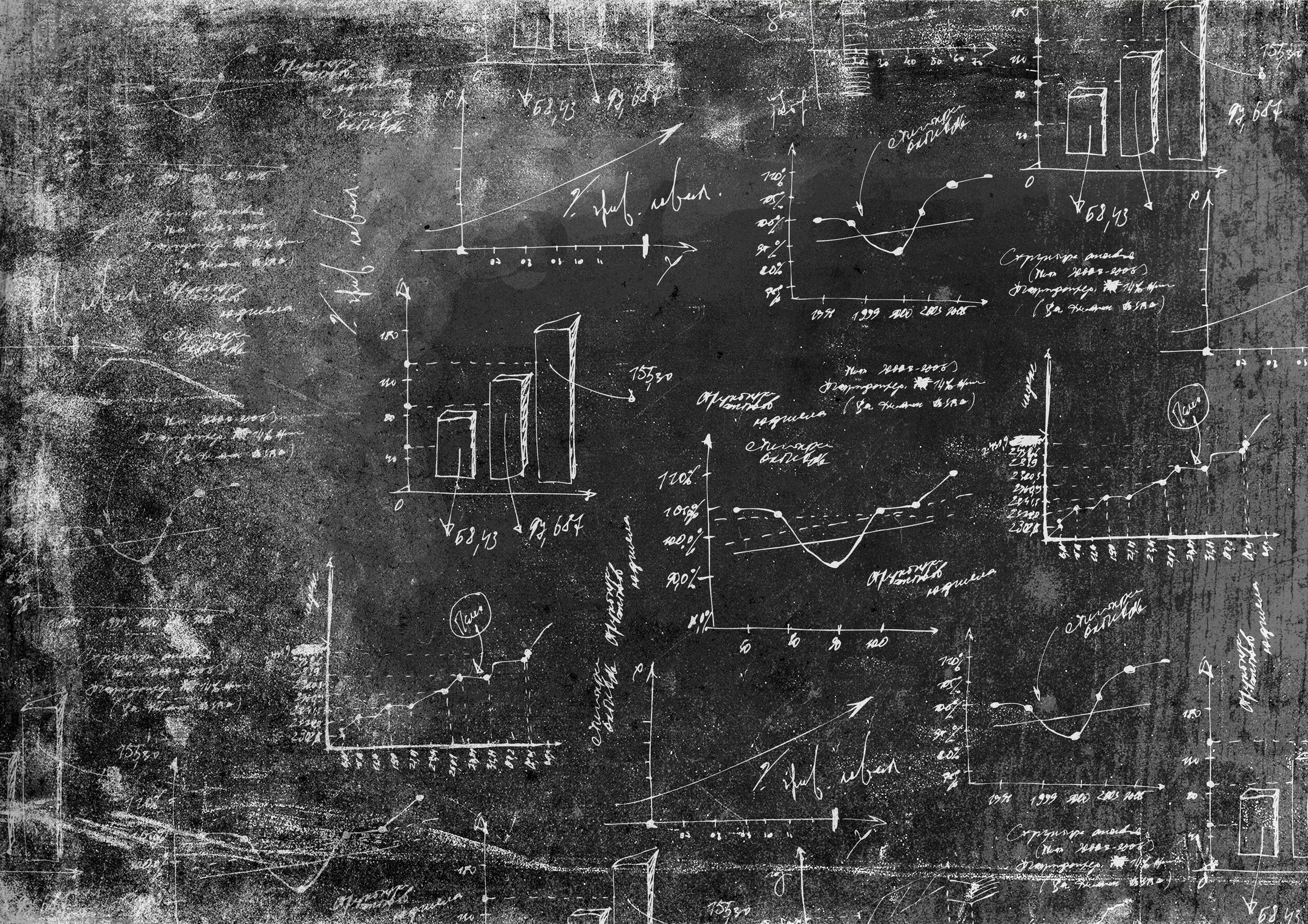
Billions and trillions
As a research scientist and a science editor, I’m used to hypotheses being proved wrong and theories being changed as new evidence comes to light. One thing scientists aren’t used to changing is how we express and write numbers. We know for a fact that 2 + 2 = 4, don’t we? However, when it comes to really large numbers, those over a million, our relationship wavers. Let me introduce the short scale and long scale nomenclature (naming) systems for integer powers of 10.

Maths equations, as easy as pi
Many editors will come across maths equations in their work. Knowing what the parts of an equation are, and whether to italicise the letters within the equation, will simplify the editing process and enable you to use correct terminology when writing comments to the author.

Dash it all!
Hyphens and dashes always seem to cause confusion in manuscripts. The simple rule is that hyphens are a type of word punctuation and dashes (or rules) are used for sentence punctuation.

Great graphs
A great graph can illustrate a point more succinctly than words. It can demonstrate the author’s intimate knowledge of their subject and persuade a reader by helping them understand the concepts it illustrates.

Inclusive and accessible publishing
Inclusive and accessible publishing is the creation of published material that is designed to be accessible to everyone. Many clients mistake inclusive publishing as being just for people who are blind or who have vision impairments. But inclusive publishing is about so much more. It is also for people with a range of impairments – including physical, cognitive, sensory, learning and psychosocial disability.

Single or double?
I’m old enough to remember using a typewriter. I used one for a few years, but in the early nineties computers became cheaper and more commonplace. I then stopped using the ‘old’ technology of typewriters and started word processing with a computer.